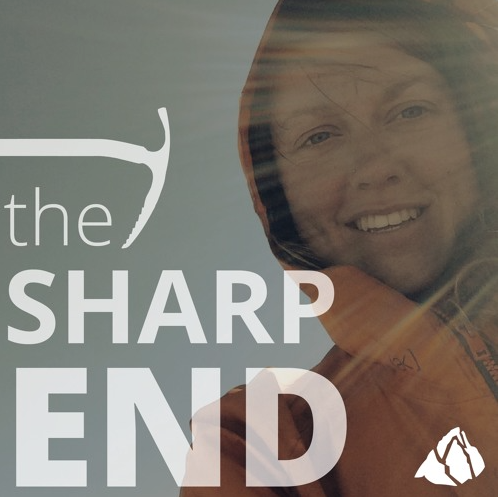Climbing Education
A New Chapter at the AAC
Have you ever agreed to climb with new partners but wondered whether their safety skills were adequate? Have you taken a climbing class but wondered about the instructor’s qualifications?
At the American Alpine Club, we believe that climbers in the United States would benefit from consistent, standardized instruction.
This new direction for the AAC began in 2013 when we started hearing from our members—lots of them—that safety education was the number one missing piece in our slate of programs. Around that same time we adopted a vision statement that calls for a “united community of competent climbers.” Since then we have been laying the foundation to institute a new arm of the organization that will focus on climber education and safety. Today, we are finalizing curricula for the most common essential climbing practices: belaying and sport leading.
The American Mountain Guides Association (AMGA) has established a rigorous curriculum and certification program for mountain guides. Guides achieve Rock, Alpine, and Ski certifications from the AMGA after thorough training, apprenticeship, and intense testing. The AMGA also certifies instructors of traditional climbing through its Single Pitch Instructor (SPI) program. But lots of other institutions that teach climbing—regional clubs, course providers like NOLS and Outward Bound, gyms, colleges and universities, summer camps, YMCAs, and scout troops—are not likely to send their staff through AMGA programs to achieve full guide certification. As a result, outside of the guiding world, there is an educational gap—every institution creates and teaches to its own safety standards. While many of these standards are exceptional, not all of them are. And even the exceptional ones are not consistent.
The AAC has begun working with many of these institutions to help unify them under a more universal standard. Since the AAC is our nation’s sole representative of the International Climbing and Mountaineering Federation (UIAA), moving to a standardized training program has numerous benefits beyond just making our climbing world a safer place. A UIAA-approved certification for instructors and leaders who teach belaying and sport climbing—at various levels—would give educators a credential recognized around the world, much as the AMGA’s Single Pitch Instructor course does for trad climbing. More importantly, these educators could deliver a consistent curriculum, giving our community a way to identify climbing partners who know their stuff, much as a Level 1 avalanche course does within the backcountry skiing world.
Wouldn’t you like to be certain that your belayer learned from someone who “knows the ropes?” I know I would.

